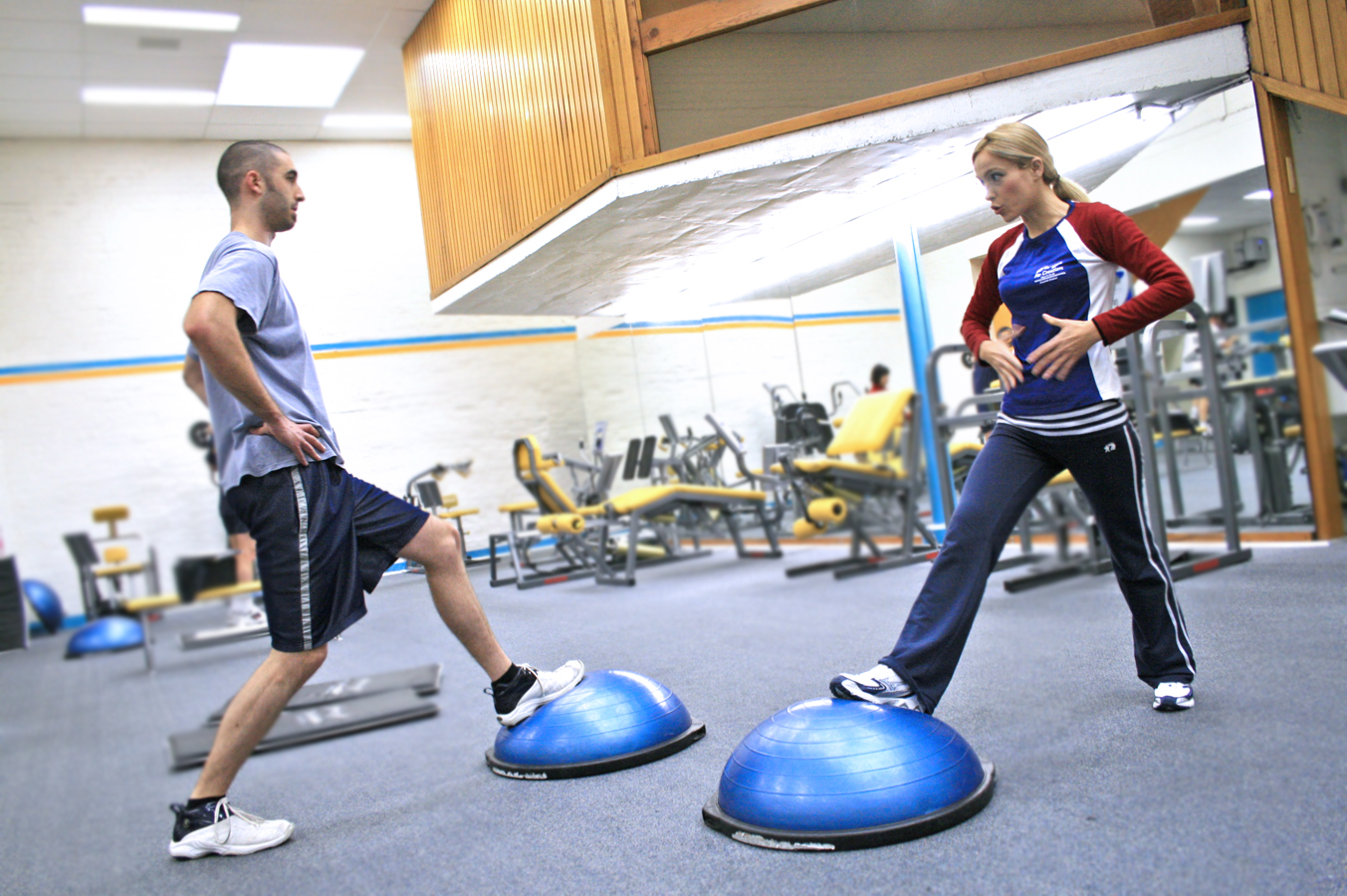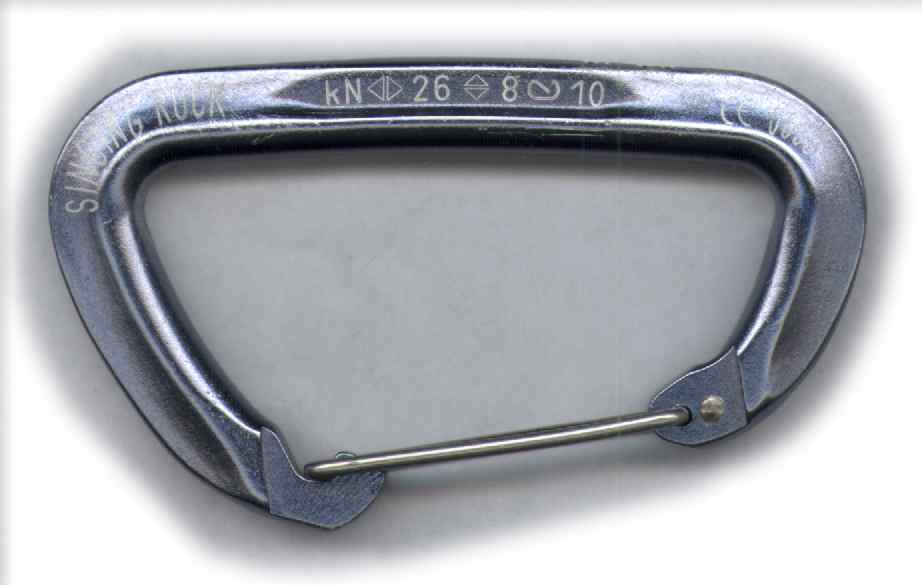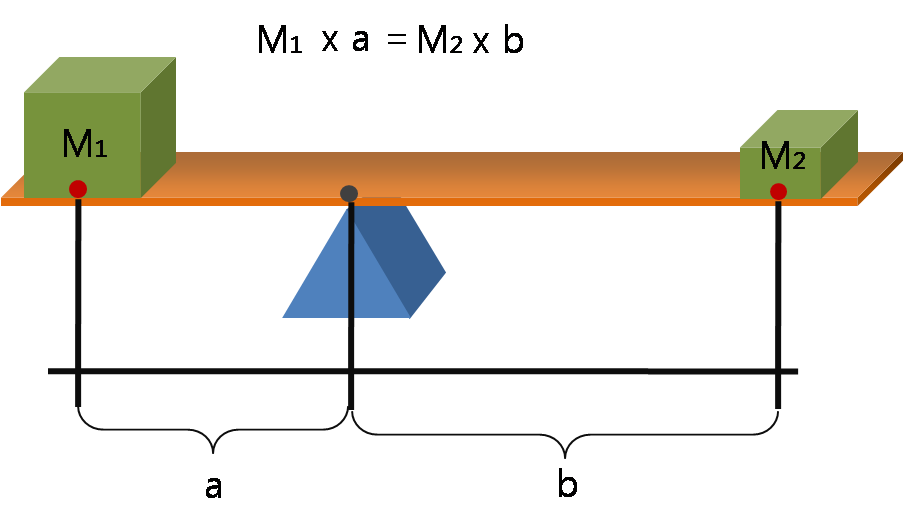|
Weight Machine
A weight machine is an exercise machine used for weight training that uses gravity as the primary source of resistance and a combination of simple machines to convey that resistance to the person using the machine. Each of the simple machines (pulley, lever, wheel, incline) changes the mechanical advantage of the overall machine relative to the weight. Stack machines A ''stack machine''—also called a ''stack'' or ''rack''—has a set of rectangular plates that are pierced by a vertical bar which has holes drilled in it to accept a pin. Each of the plates has a channel on its underside (or a hole through the middle, as visible in the picture) that aligns with one of the holes. When the pin is inserted through the channel into the hole, all of the plates above the pin rest upon it, and are lifted when the bar rises. The plates below do not rise. This allows the same machine to provide several levels of resistance over the same range of motion with an adjustment th ... [...More Info...] [...Related Items...] OR: [Wikipedia] [Google] [Baidu] |
Exercise Machine
An exercise machine is any machine used for physical exercise. These range from simple spring-like devices to computerized electromechanical devices to recirculating-stream swimming pools. Most exercise machines incorporate an ergometer. An ergometer is an apparatus for measuring the work a person exerts while exercising as used in training or cardiac stress tests or other medical tests. Resistance machines Weight machines Weight machines use gravity as the primary source of resistance, and a combination of simple machines to convey that resistance, to the person using the machine. Each of the simple machines (pulley, lever, wheel, incline) changes the mechanical advantage of the overall machine relative to the weight. Other kinds of resistance machines * Friction machines * Spring-loaded machines (such as Bowflex) * Fan-loaded machines * Fluid-loaded machines * Bullworker * Hydraulic equipment * Whole body vibration * Outdoor gym * Pneumatic exercise equipment * Treadmil ... [...More Info...] [...Related Items...] OR: [Wikipedia] [Google] [Baidu] |
Barbell Plate
A weight plate is a flat, heavy object, usually made of cast iron, that is used in combination with barbells or dumbbells to produce a bar with a desired total weight for the purpose of physical exercise. Two general categories exist: "standard" plates, which have a center hole of approximately 25 mm (one inch), and "Olympic" plates, meant to fit on the 50 mm (two inches) sleeves of Olympic barbells. Standard plates are usually paired with adjustable dumbbells and Olympic plates with full-size barbells, although standard barbells and Olympic dumbbells exist. Weight plates may incorporate holes for ease of carrying (called "grip plates") or be solid discs (especially those used for competition). Non-competition plates often have variable diameters and widths, such as on the adjustable dumbbells pictured right, with heavier plates generally being larger in diameter, thickness, or both. Weight plates are typically round, although 12-sided and other polygonal varieties e ... [...More Info...] [...Related Items...] OR: [Wikipedia] [Google] [Baidu] |
Personal Trainer
A personal trainer is an individual who creates and delivers safe and effective exercise programs for healthy individuals and groups, or those with medical clearance to exercise. They motivate clients by collaborating to set goals, providing meaningful feedback, and by being a reliable source for accountability. Trainers also conduct a variety of assessments beginning with a preparticipation health-screening and may also include assessments of posture and movement, flexibility, balance, core function, cardio-respiratory fitness, muscular fitness, body composition, and skill-related parameters (e.g. power, agility, coordination, speed, and reactivity) to observe and gather relevant information needed to develop an effective exercise program and support client goal attainment. These assessments may be performed at the beginning of and after an exercise program to measure client progress toward improved physical fitness. Trainers create exercise programs following a progression m ... [...More Info...] [...Related Items...] OR: [Wikipedia] [Google] [Baidu] |
Cable Machine
A cable machine is an item of equipment used in weight training or functional training. It consists of a rectangular, vertically oriented steel frame about 3 metres wide and 2 metres high, with a weight stack attached via a cable and pulley system to one or more handles. The cables that connect the handles to the weight stacks run through adjustable pulleys that can be fixed at any height. This allows a variety of exercises to be performed on the apparatus. One end of the cable is attached to a perforated steel bar that runs down the centre of the weight stack. To select the desired amount of resistance, move the metal pin into the labelled hole in the weight stack. The other end of the cable forms a loop, which allows the user to attach the appropriate handle for the exercise. Most cable machines have a minimum of 20 pounds (~9 kilograms) of resistance in order to counterbalance the weight of the typical attachment. See also * Free weight (equipment), for example dumbbells ... [...More Info...] [...Related Items...] OR: [Wikipedia] [Google] [Baidu] |
Newton (unit)
The newton (symbol: N) is the unit of force in the International System of Units (SI). Expressed in terms of SI base units, it is 1 kg⋅m/s2, the force that accelerates a mass of one kilogram at one metre per second squared. The unit is named after Isaac Newton in recognition of his work on classical mechanics, specifically his second law of motion. Definition A newton is defined as 1 kg⋅m/s2 (it is a named derived unit defined in terms of the SI base units). One newton is, therefore, the force needed to accelerate one kilogram of mass at the rate of one metre per second squared in the direction of the applied force. The units "metre per second squared" can be understood as measuring a rate of change in velocity per unit of time, i.e. an increase in velocity by one metre per second every second. In 1946, the General Conference on Weights and Measures (CGPM) Resolution 2 standardized the unit of force in the MKS system of units to be the amount need ... [...More Info...] [...Related Items...] OR: [Wikipedia] [Google] [Baidu] |
Kilogram
The kilogram (also spelled kilogramme) is the base unit of mass in the International System of Units (SI), equal to one thousand grams. It has the unit symbol kg. The word "kilogram" is formed from the combination of the metric prefix kilo- (meaning one thousand) and gram; it is colloquially shortened to "kilo" (plural "kilos"). The kilogram is an SI base unit, defined ultimately in terms of three defining constants of the SI, namely a specific transition frequency of the caesium-133 atom, the speed of light, and the Planck constant. A properly equipped metrology laboratory can calibrate a mass measurement instrument such as a Kibble balance as a primary standard for the kilogram mass. The kilogram was originally defined in 1795 during the French Revolution as the mass of one litre of water (originally at 0 °C, later changed to the temperature of its maximum density, approximately 4 °C). The current definition of a kilogram agrees with this original defini ... [...More Info...] [...Related Items...] OR: [Wikipedia] [Google] [Baidu] |
Degree (angle)
A degree (in full, a degree of arc, arc degree, or arcdegree), usually denoted by ° (the degree symbol), is a measurement of a plane (mathematics), plane angle in which one Turn (geometry), full rotation is 360 degrees. It is not an SI unit—the SI unit of angular measure is the radian—but it is mentioned in the SI Brochure, SI brochure as an Non-SI units mentioned in the SI, accepted unit. Because a full rotation equals 2 radians, one degree is equivalent to radians. History The original motivation for choosing the degree as a unit of rotations and angles is unknown. One theory states that it is related to the fact that 360 is approximately the number of days in a year. Ancient astronomers noticed that the sun, which follows through the ecliptic path over the course of the year, seems to advance in its path by approximately one degree each day. Some ancient calendars, such as the Iranian calendar, Persian calendar and the Babylonian calendar, used 360 days for a year. ... [...More Info...] [...Related Items...] OR: [Wikipedia] [Google] [Baidu] |
Lever
A lever is a simple machine consisting of a beam (structure), beam or rigid rod pivoted at a fixed hinge, or '':wikt:fulcrum, fulcrum''. A lever is a rigid body capable of rotating on a point on itself. On the basis of the locations of fulcrum, load, and effort, the lever is divided into Lever#Types of levers, three types. It is one of the six simple machines identified by Renaissance scientists. A lever amplifies an input force to provide a greater output force, which is said to provide leverage, which is mechanical advantage gained in the system, equal to the ratio of the output force to the input force. As such, the lever is a mechanical advantage device, trading off force against movement. Etymology The word "lever" entered English language, English around 1300 from . This sprang from the stem of the verb ''lever'', meaning "to raise". The verb, in turn, goes back to , itself from the adjective ''levis'', meaning "light" (as in "not heavy"). The word's primary origin is the ... [...More Info...] [...Related Items...] OR: [Wikipedia] [Google] [Baidu] |
Range Of Motion
Range of motion (or ROM) is the linear or angular distance that a moving object may normally travel while properly attached to another. In biomechanics and strength training, ROM refers to the angular distance and direction a joint can move between the flexed position and the extended position. The act of attempting to increase this distance through therapeutic exercises (range of motion therapy— stretching from flexion to extension for physiological gain) is also sometimes called range of motion. In mechanical engineering, it is (also called ''range of travel'' or ''ROT'') used particularly when talking about mechanical devices, such as a sound volume control knob. In biomechanics Measuring range of motion Each specific joint has a normal range of motion that is expressed in degrees. The reference values for the normal ROM in individuals differ slightly depending on age and sex. For example, as an individual ages, they typically lose a small amount of ROM. Analog and trad ... [...More Info...] [...Related Items...] OR: [Wikipedia] [Google] [Baidu] |
Leg Press
The leg press is a compound weight training exercise in which the individual pushes a weight or resistance away from them using their legs. The term ''leg press machine'' refers to the apparatus used to perform this exercise. The leg press can be used to evaluate an athlete's overall lower body strength (from the gluteus Maximus to the lower leg muscles). It can help to build squat strength. If performed correctly, the inclined leg press can help build knees that can handle heavier free weights, on the other hand, it also carries a risk of serious damage since locked knees can bend the wrong direction throughout the exercise. It can be performed in variations, for example with one leg, or attaching bands to the leg press. Types There are two main types of leg press: * The diagonal (incline) or vertical 'sled' type leg press. Weight plates are directly attached to a sled, which is mounted on rails. The user sits below the sled and pushes it upward with their feet. These machin ... [...More Info...] [...Related Items...] OR: [Wikipedia] [Google] [Baidu] |
Weight Training
Strength training, also known as weight training or resistance training, is exercise designed to improve physical strength. It is often associated with the lifting of weights. It can also incorporate techniques such as bodyweight exercises (e.g., push-ups, pull-ups, and squats), isometrics (holding a position under tension, like planks), and plyometrics (explosive movements like jump squats and box jumps). Training works by progressively increasing the force output of the muscles and uses a variety of exercises and types of equipment. Strength training is primarily an anaerobic activity, although circuit training also is a form of aerobic exercise. Strength training can increase muscle, tendon, and ligament strength as well as bone density, metabolism, and the lactate threshold; improve joint and cardiac function; and reduce the risk of injury in athletes and the elderly. For many sports and physical activities, strength training is central or is used as part of their ... [...More Info...] [...Related Items...] OR: [Wikipedia] [Google] [Baidu] |
Smith Machine
The Smith machine is a weight machine used for weight training. It consists of a barbell that is fixed within steel rails allowing for only strict vertical movement. Some Smith machines have the barbell counterbalanced. The machine can be used for a wide variety of exercises including but not exclusive to; squats, the bench press, the shoulder press, good mornings and deadlifts. Use as a self-spotting device Behind each vertical post (runner) is a series of slots on which the barbell can be hooked. This means that unlike an ordinary barbell, the Smith machine need not be re-racked after a set of repetitions: it can be secured at any point. This is intended to make it safer for those who lift without a spotter, as one only needs to twist the wrist in order to lock the barbell in place in the event that the weight becomes too great. Most models also incorporate blocks, pegs, or other devices which can be adjusted to automatically stop the barbell at a predetermined minimum heig ... [...More Info...] [...Related Items...] OR: [Wikipedia] [Google] [Baidu] |






